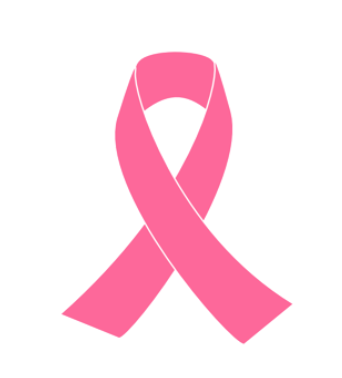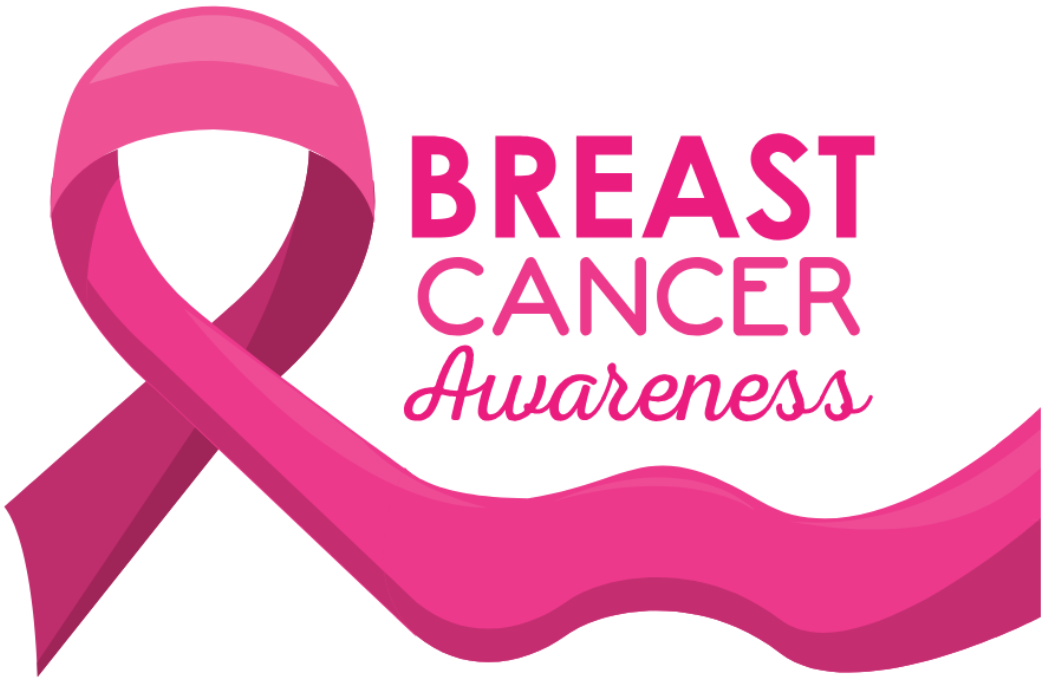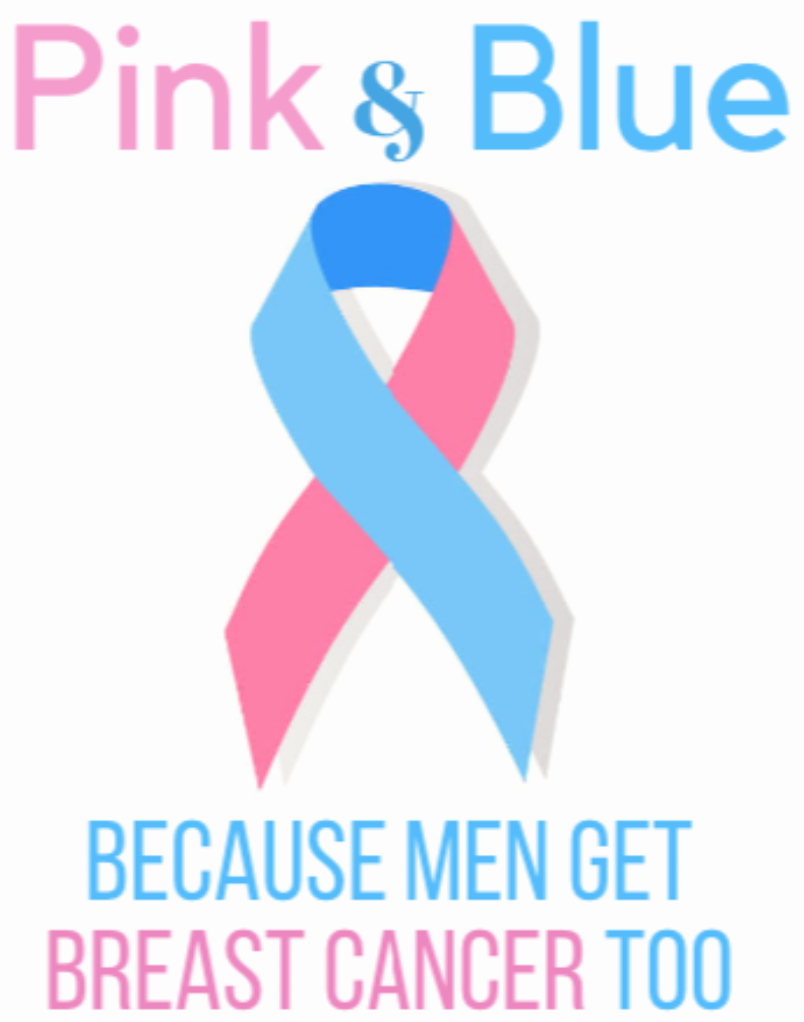While genetics and age play a role in breast cancer risk, many people overlook how much everyday habits can influence long-term health outcomes. You can’t control every factor, but research continues to show that lifestyle choices can make a meaningful difference in reducing risk. Whether you have a family history of breast cancer, are focused on prevention, or simply want to take better care of your health, certain changes can support your body’s ability to protect itself.







